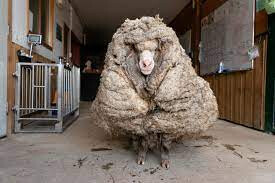I’m confused about how succession works, which happens on any day that ends with a Y. In particular, I’ve had a whole game thrown out of whack because I apparently don’t understand the rules for how to determine the next king. Let me explain, and maybe someone can point out where I went wrong.
So I’m playing Persia, and Cyrus is the starting king. He’s getting up there in age, but he’s got two sons. Teispes is the eldest brother and Vologases is the younger brother, both from the same mother. Naturally, I’ve been grooming Teispes to be the next ruler and Vologases to be a supporting character. Teispes is a Tactician because I want to try sniping from trees with all my Persian ranged units. He’s already married and he even has a daughter. The Persian lineage is secure for two more generations and I’m setting up a convenient war for when Teispes takes over.
But for some reason – I really wish Old World would include some flavor text about untimely deaths – Teispes dies at the age of 29. Welp, so much for that plan. Now the younger brother, Vologases, will inherit the throne. He’s a Brave and Insane Commander, so it should still lead to some wartime fun, even if I won’t be able to snipe invisibly from the treeline. And with Cyrus at the age of 64, it should be happening soon.
Two years later, Cyrus dies at the age of 66. No problem, I’m ready for Vologases to be king. I’ve still got the default Primogeniture law in effect (I haven’t touched the inheritance laws since the game began). For some reason, it shows Teispes’ 6-year-old daughter as next in line (?), but I’ve had an infant inherit the throne before, and a ward took over in an elaborately arranged event. This must be the game’s way of sparing you the indignity of a child ruler? I figure Vologases will be that ward, even though I don’t think primogeniture works that way. Whatever, just play it through.
But for some reason, with Teides dead for two years, when Cyrus dies, Vologases is passed up and the throne goes to Teispes’ six-year-old daughter! What!? Why didn’t Vologases get to be king? Does it take a turn for the ward event to spawn? Why is Teispes daughter taking precedence like this?
I keep playing, and Vologases is never given the chance to be a ward. He’s next in line to rule, but it turns out a six-year-old can’t abdicate the throne (that option doesn’t appear until she’s 18). I play 12 years with a child on the throne giving me no archetype abilities and almost no stat bonuses. It’s a fun challenge, but I never puzzled out why she inherited the throne when Cyrus died.
Why would a granddaughter through a dead son inherit the throne ahead of a living son? Did I miss some weird event text? Could it be a bug? It made for a great game, but I have no idea why it happened.
-Tom



